Overcome the 8 Most Common Sales Objections With These Proven Copywriting Strategies
"Every sale has five basic obstacles: no need, no money, no hurry, no desire, no trust." - Zig Ziglar
Sales objections are mental barriers to purchasing your product. Every unanswered question and unresolved concern becomes an objection to buying. Your job is to tackle each one of them in your copy.
Imagine you are selling face-to-face. It's easy to follow the cues from her facial expressions, body language, and overall feedback when your prospect is in front of you. You can see when your point gets across and when it doesn't. You know if she is ready to buy or needs more information.
When you are not selling face-to-face, your sales copy is your salesperson. You are sending it into the wild to fend for itself. Give it the tools it needs to do the job.
You must anticipate the objections beforehand and tackle them with your copy.
Here are four resources that can help you with this:
1) Your customer research
Message mining, surveys, and interviews are the closest thing to reading your prospect’s mind. You get plenty of insights into their pains, objections, hesitations, and the reasons for buying or not your product.
2) Your product knowledge
Know your product or service inside and out. Recognize every flaw and disadvantage but don’t consider them problems and obstacles to a sale. Look at them as building blocks of persuasive copy.
3) Your competition
Knowing your competitors will help you resolve any objection that has to do with your competition. Be ready to compare every feature and benefit to those of your competitors.
4) Figure out the reasons for not buying or responding to your offer.
List every possible objection, concern, fear, doubt, and excuse. Organize them based on the order they will come up in your reader’s mind. When it is time to write your copy, you can pinpoint every objection and openly address it.
Bonus point: Admitting and discussing the drawbacks increases your credibility and trustworthiness.
If you write copy for a website, you could include a FAQ section where each anticipated objection is phrased as a question and tackled with a direct answer.
Let's see some of the most common objections, the actions you can take, and examples.
8 Common Objections and the Best Way to Overcome Them
Objection 1 -“Why should I believe you?”
Action: Show off your credentials, experience, awards.

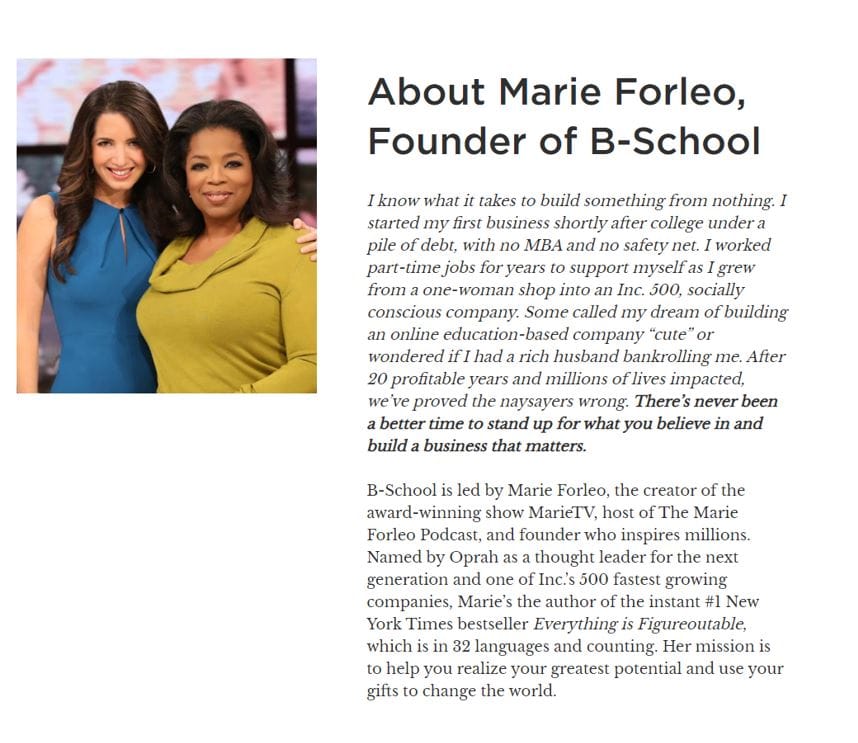
Objection 2 - “Why should I believe your claims and promises?”
Action: Prove it! Back up every claim and promise you make. Use carefully selected testimonials to overcome this sales objection.


Objection 3 -“How do I know this is really for me?”
Action: Provide case studies of customers like them who have used your product or service. Prove your product has already worked for someone who was having the same problem they have now.


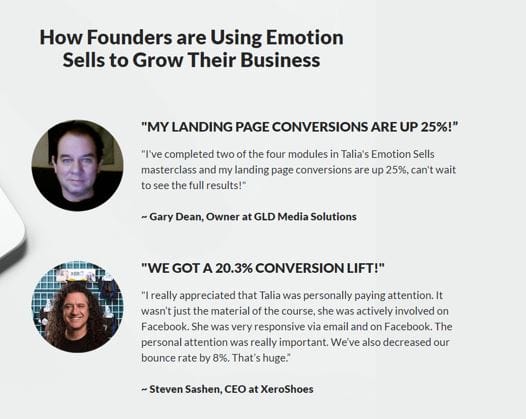
Objection 4 - “Yeah, but will it work for ME?”
Action: You have convinced them that your product works. But they are still not sure that it will work for them. Make it easy for them to try the product so they can see for themselves if it’s a good fit.
A good testimonial and a great guarantee will also help.

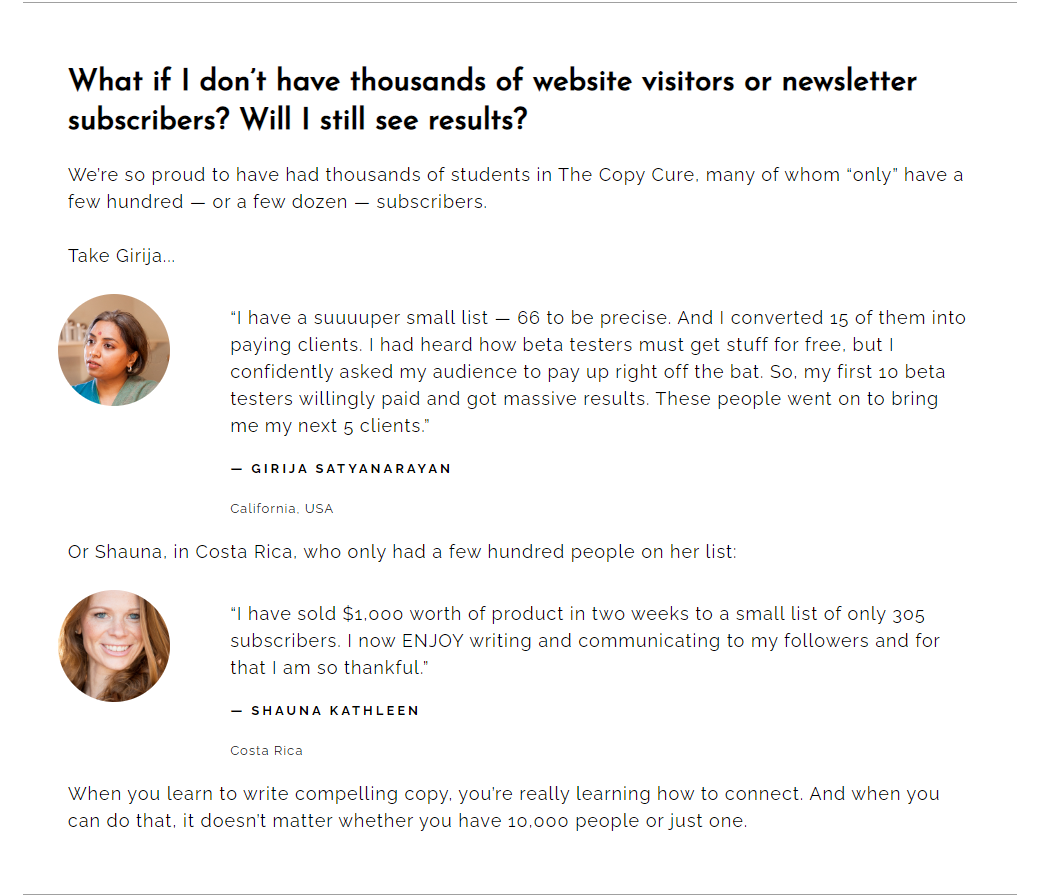
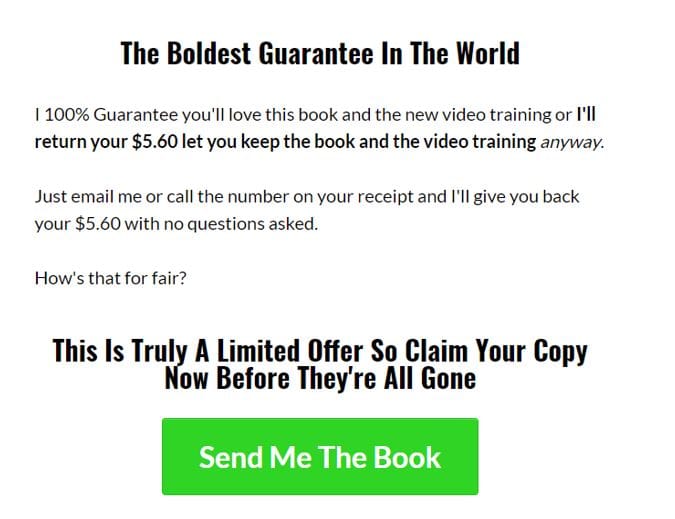
Objection 5 -“What unique benefits do you bring to the table?”
Action: This is where your competitor research will help a great deal. Solution and product aware prospects are comparing your product to similar products. They want to know what makes YOU different. Make sure to point out every feature and benefit that makes your product superior to the competitor's product.
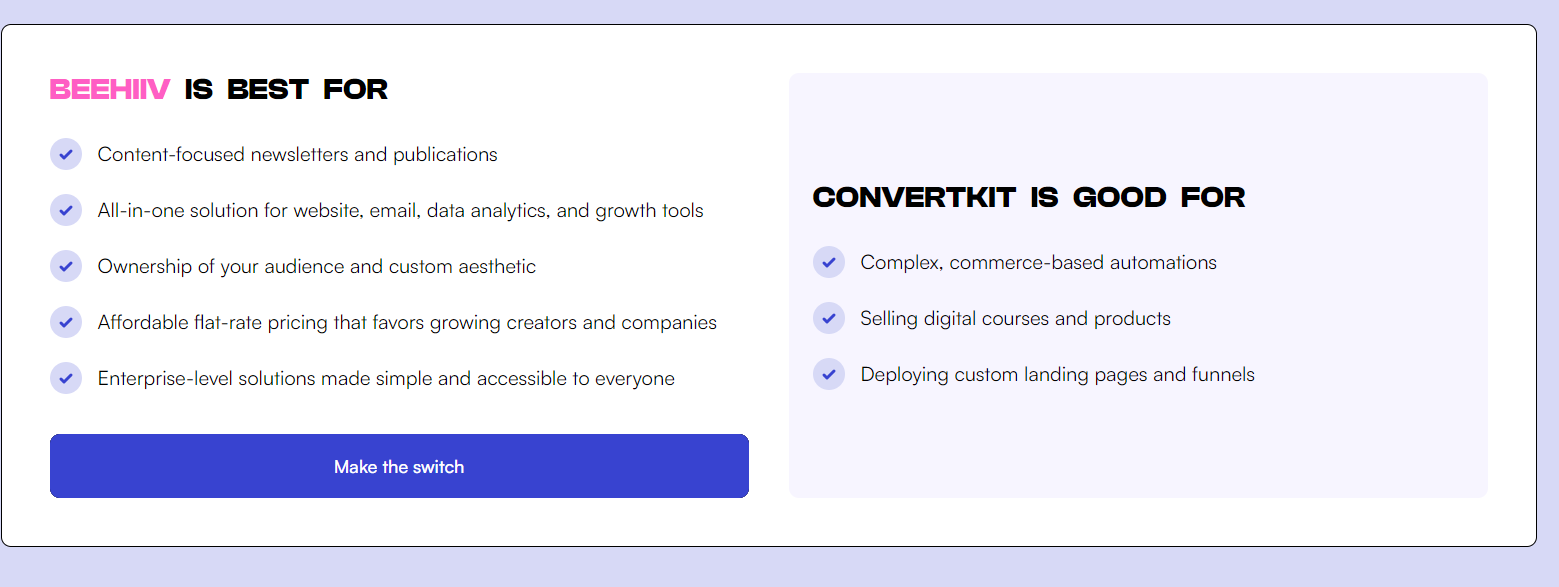
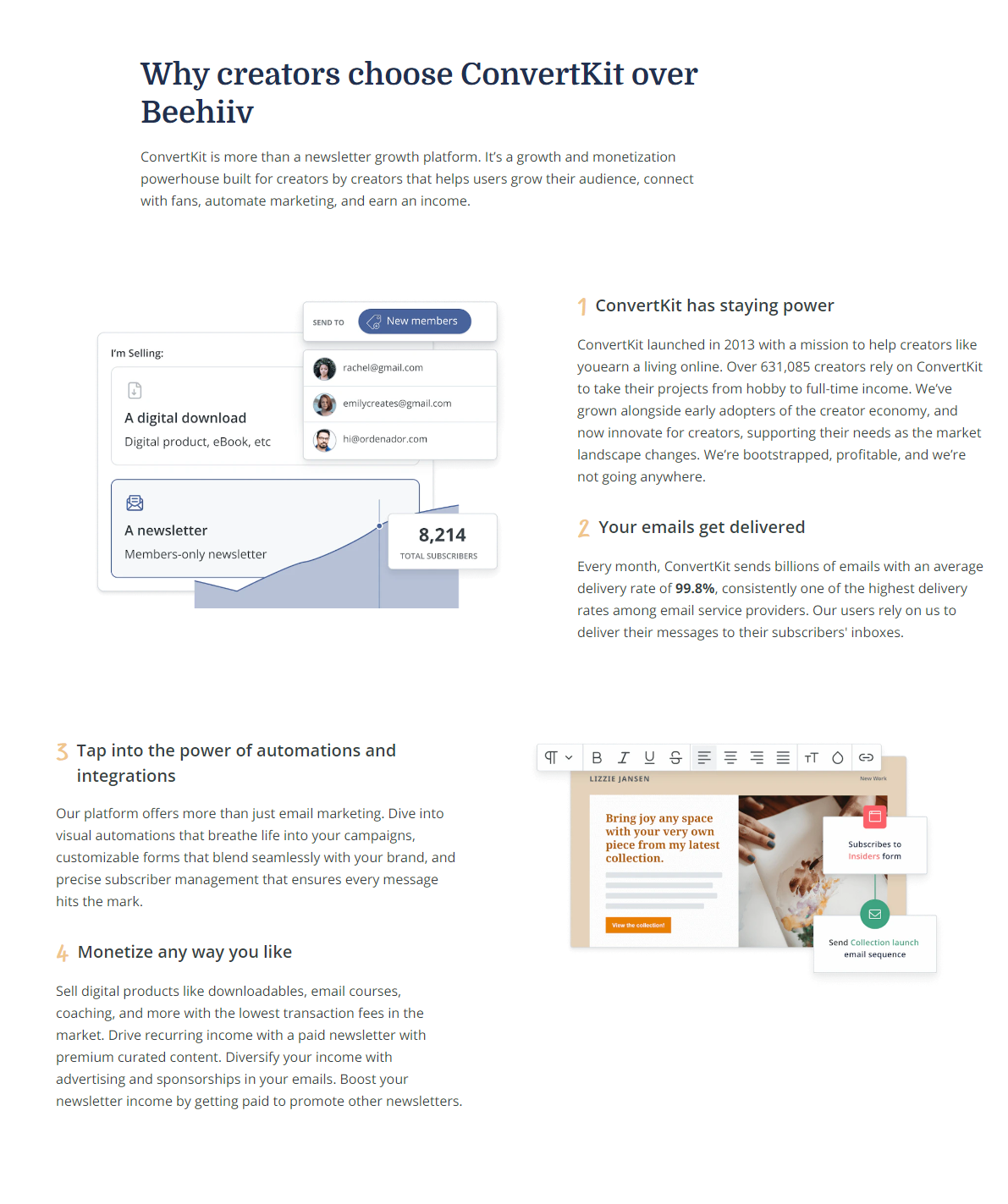
Objection 6 - “How is this any different than everything else I’ve tried?”
Action: People have already tried to solve their problem with several solutions. Just think about niches like weight loss, make money, or dating. Your job is to convince them your offer is not only different but also superior. Consider here your unique value proposition.

Objection 7 - “Is this really that good of a deal?”
Action: Time to use a good “reason why.” Demonstrate how your solution benefits them, why it is such a good deal.

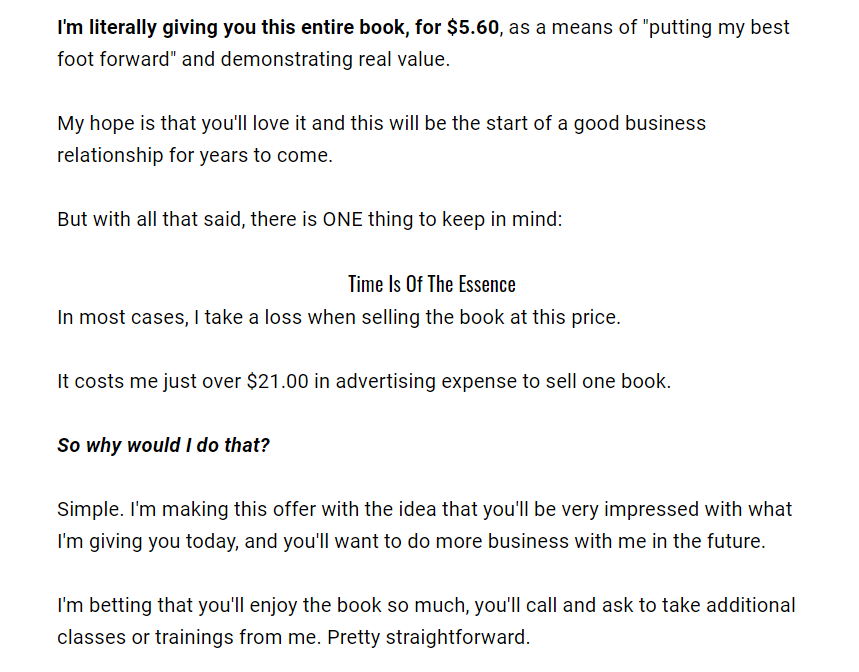
Objection 8 - “I’m not ready to act today”
Action: Inject urgency in your copy. Time and/or quantity limits. Tell them why they must take action today, not tomorrow.
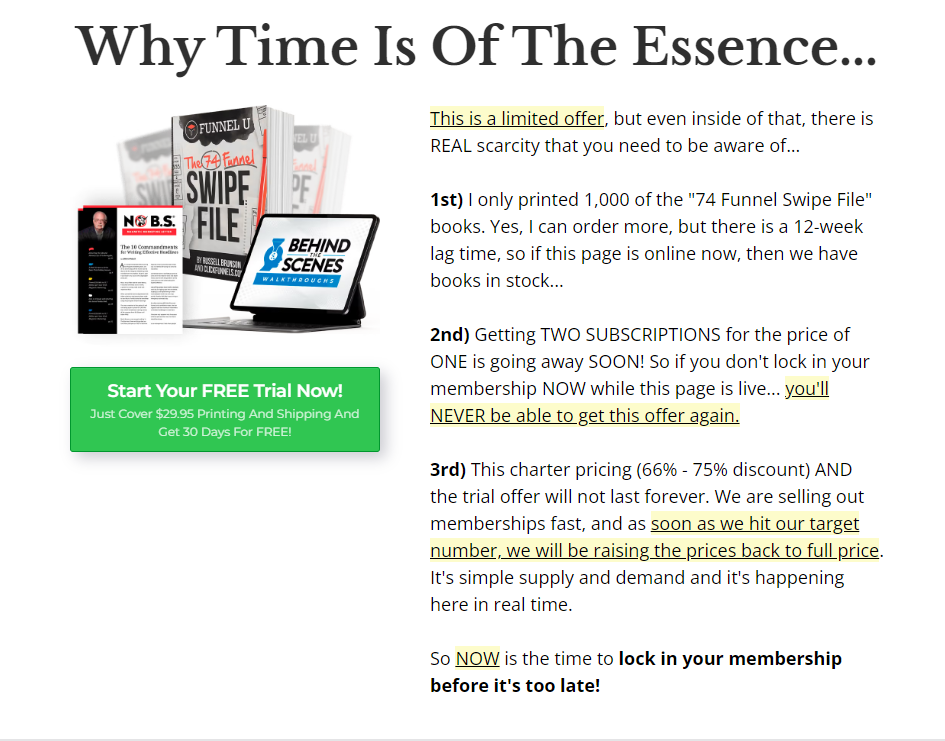
Sometimes it is not possible to overcome all the objections. In this case, use reasons to believe. These are promises you make as a company to your customers. Things like:
- Money-back guarantee
- Lowest price guarantee
- Next-Day or Same-Day Shipping
- No-Questions-Asked Returns
- #1 Best-Selling (product)
- #1 Most-trusted (product)
- The world's largest selection of
- 24/7 Customer Service
